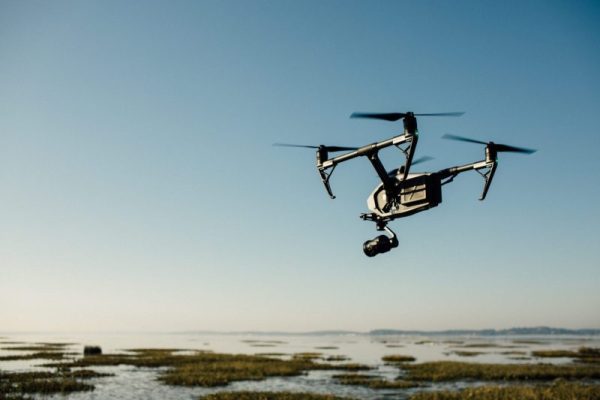All
Latest News
New review on the use of unmanned aerial vehicles for surveillance and control of vectors of malaria and other vector-borne diseases

A new review exploring the potential for using unmanned aerial vehicles (UAVs) for surveillance and control of vectors of disease has just been published in Malaria Journal by authors including Rosemary Lees and Frank Mechan of the I2I Methods group. Although widely used in other fields including ecological conservation and agriculture, UAVs have the potential to improve our ability to monitor larval sites and potential habitats for mosquitoes and other vectors, as well as for delivery of vector control solutions. Being highly mobile UAVs are able to reach remote locations and cover terrain which is difficult to reach by road, giving more rapid access and requiring smaller field teams.
This review summarizes the current knowledge on the capabilities of UAVs in both malaria control and in vector control more broadly in cases where the technology could be readily adapted to malaria vectors. The current use of UVs in habitat surveillance and deployment of payloads is reviewed in comparison with existing conventional approaches, and highlights the logistical and regulatory challenges in scaling up the use of UAVs in malaria control programmes as well as potential future developments.
A search of the literature returned 33 publications which assessed the use of UAVs to survey vector habitats, deploy insecticides, or release biological control agents. A variety of models of UAV are being used in multiple countries across South America, Africa and Australasia to map habitat or disease risk, or deploy Bacillus thuringiensis, larvicide sprays, adulticide mists and sterile male mosquitoes. Commercially available UAVs present a variety of choices, each providing different capabilities and limitations for use in vector control, which lend themselves to different use cases depending on characteristics such as mounted apparatus, payload, distance covered and cost.
Depending on the deployment site the regulatory environment will need to be considered, and the cost-benefit analysis will differ from situation to situation. Despite the need for further research into these areas, UAVs are emerging as a potential useful addition to the malaria control toolbox, with their high mobility facilitating surveillance of vector habitats and delivery of vector control payloads across difficult terrain.
The publication is available to download from the I2I Resources section and Malaria Journal.




